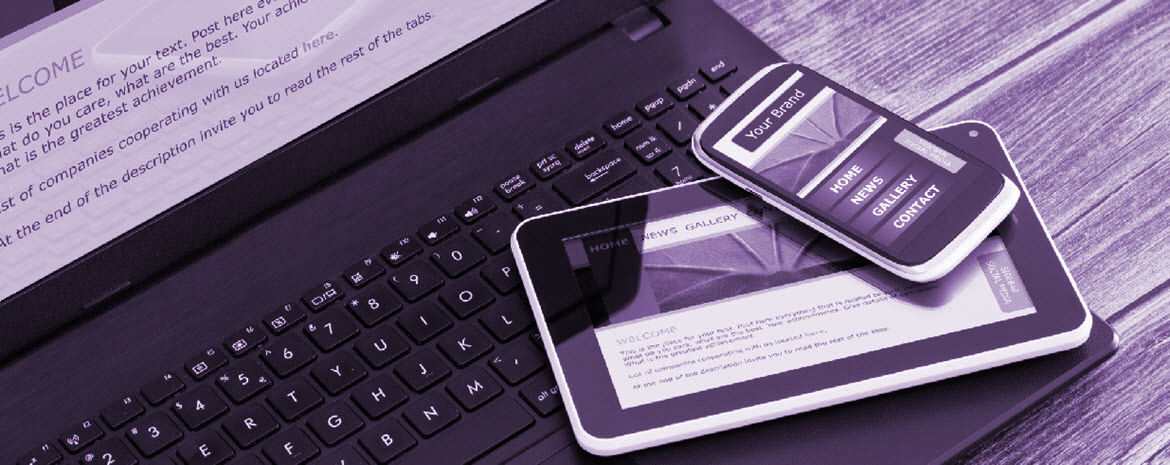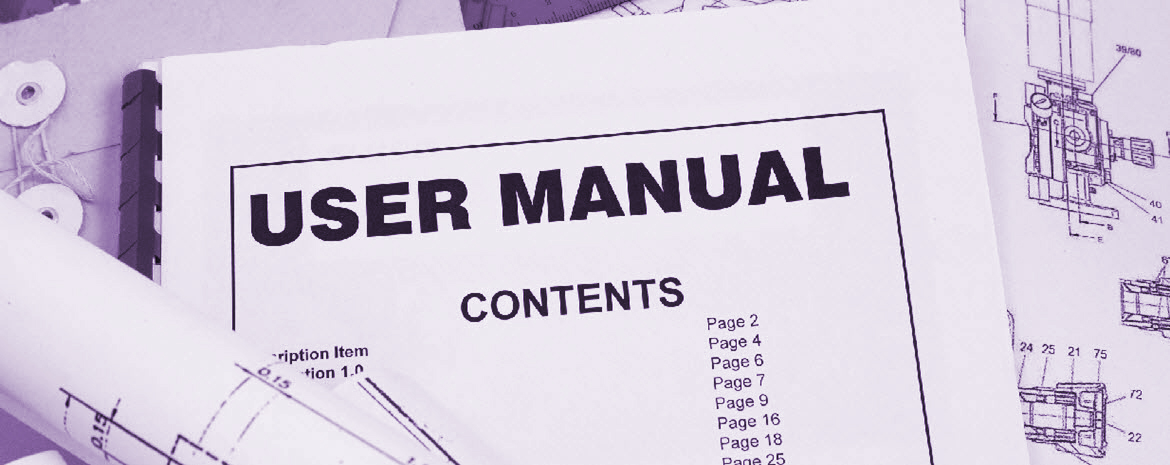
tmathbird.com, technical communications.
T:
Email: info@tmathbird.com
Recent Trends in Technical Communications
Recent Trends in Technical Communications

Not all of us like change. Some of us embrace it. Some of us wince at the very mention of it. However, most of us would agree that many aspects of life are in a continuous process of change.
One of the most noticeable shifts in the last decade is our ever-changing relationship with technology. And, from the perspective of technical communications, how such changes alter how we design and produce user assistance.
For the last 20 years, I’ve championed, adhered to, and adopted many aspects of technical communications best practice. It has served me in good stead. However, in a quest to continually improve “user assistance” I’ve also embraced change, adopting both past and recent innovations. Technical communicators should deliver equally innovative and compelling user assistance: Blend the old ways with the new.
Online knowledge bases need to provide How-Tos; step-by-step guides; videos; PDF guides; diagrams; tips and best practice—a diverse collection of learning media to encompass a mix of learning requirements and styles.
However, online knowledge bases face many challenges, such as continually building and adding content, and, moreover, ensuring that content is both relevant and accessible to users of varying requirements and levels of expertise.
A recent trend in technical communications that best illustrates this is the adoption of a more conversational and nuanced tone of voice. Both Mozilla and Microsoft have reportedly used this to significant effect, claiming an increase of 13% in their online knowledge base hit rate.
Such an empathetic approach has many benefits, and it’s important for technical communicators to get a better understanding of their users’ requirements and structure and deliver content to match such requirements.
Of course a conversational tone isn’t always appropriate, and a more colloquial, idiom-based content set can create problems for localisation and translation ; however, combined with the more accepted DITA standards (concepts, tasks, and reference) it can be used to great effect. Concepts (overviews) lend themselves well to a more conversational approach, as do FAQs, and TIPs. Whereas, step-driven, tasks are better suited to a more traditional, minimalist approach.
For me, an empathetic approach to user assistance (in all its guises) is a win win situation. With software and applications becoming increasingly self-service, user assistance plays a pivotal role in enhancing the user journey, and with recent tech comms trends using youtube, twitter, and conversational UI to provide user assistance, it’s a journey I hope all technical communicators are excited to make.



